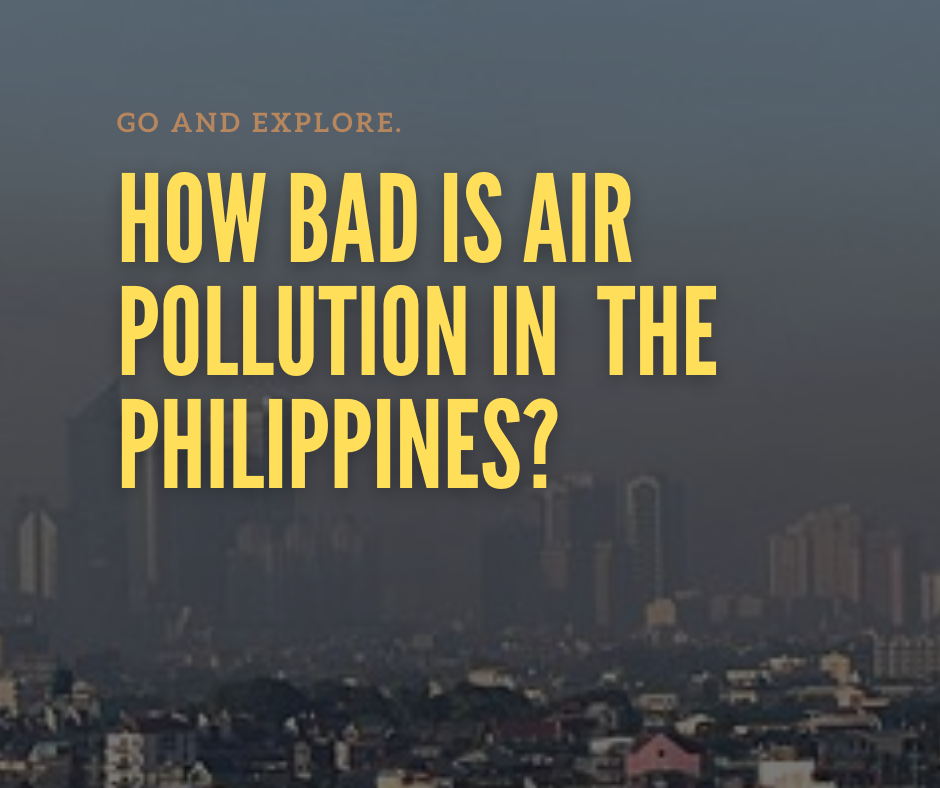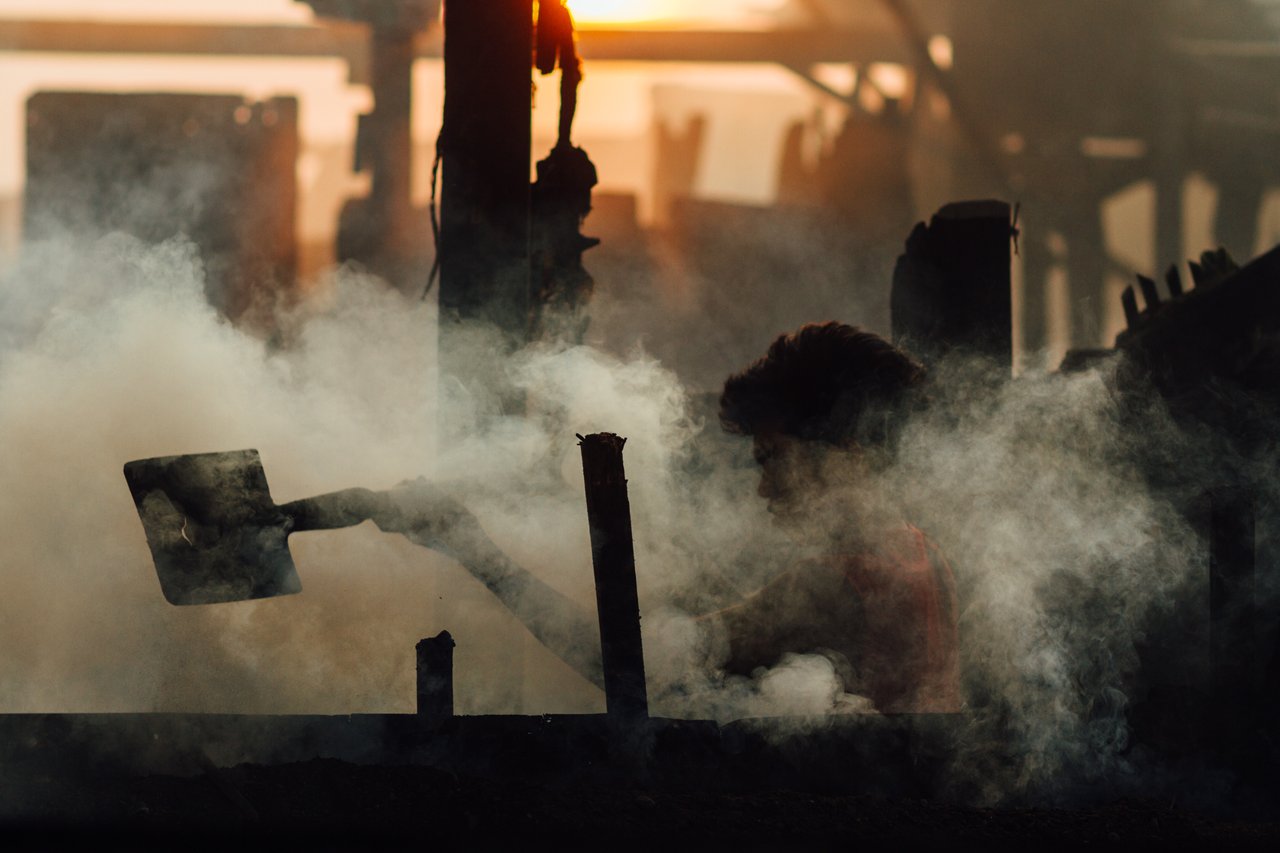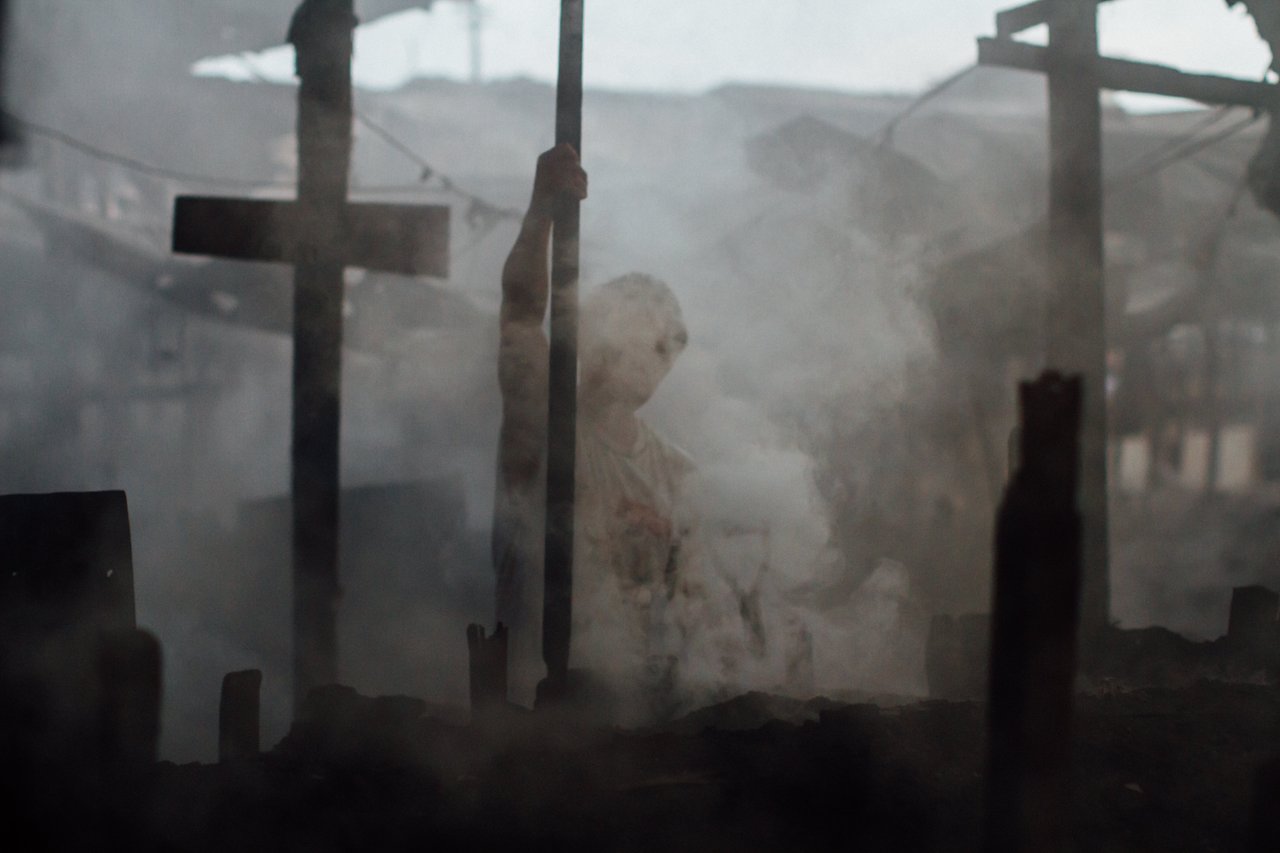
An average human can survive for about one to two months without food and eight to twenty-one days without water, but the same man can only manage to live for about two to three minutes without air. Air pollution is one of the key contributors to Earth's degradation. Besides, inhaling polluted air can cause ailments and, in worst-case scenarios, and can lead to death. People mistook the air for oxygen, but it is a combination of oxygen and other gases, such as nitrogen, methane, and carbon dioxide. In addition to supplying the oxygen we need to survive, air plays a vital role in several essential cycles that make life on Earth possible. But what happens if the air we breathe is polluted?
Adult humans breathe at rates ranging from 12 to 16 breaths per minute on average. That equates to around eight liters of air each minute or approximately 11,000 liters of air per day. It indicates that an adult has 16 chances every minute to receive the oxygen they require for healthy body functioning. However, this also means that kids have 16 opportunities per minute to breathe dangerous chemicals in the air and allow them to enter the body, resulting in a slew of issues such as breathing problems, chronic diseases, higher hospitalization, and premature mortality.
As a result, whether it is a short-term or long-term illness, air pollution endangers the health and well-being of Filipino teenagers. Air pollution continues to impair Filipinos' health. We can avoid it by strictly regulating those polluting factories in the Philippines. We can expect air pollution to continue endangering the environment, notably the ozone layer if we don't act upon it. Often, our demise is due to our irresponsible behaviors and hasty decisions towards pollution. We can experience a wide range of diseases due to air pollution, ranging from allergies to heart and lung illness and death in extreme circumstances.

Particulate matter (PM) concentration is a factor to evaluate our air quality since it is the most frequent air pollutant that impacts both short and long-term health. We can measure air quality by the concentration of two sizes of particulate matter. We have fine particles with a diameter of less than 2.5 m (PM2.5) and coarse particles with a diameter of less than 10 m (PM10). PM2.5 particles are more dangerous because their small size allows them to go deeper into the cardio-pulmonary system.
According to WHO standards, annual mean PM2.5 concentrations should not exceed 10 g/m3, and PM10 concentrations should not exceed 20 g/m3. The air quality in the Philippines is at a critical value. The most recent data (2019) from the DENR show that the country's annual mean concentration of PM2.5 is 18 g/m3, which exceeds the recommended maximum of 10 g/m3. There are numerous contributors to poor air quality in the Philippines, including the clothing and forestry industries, petroleum refining, garbage burning, and, of course, car emissions. According to the DENR, automobile emissions contribute 69% of air pollution in the country, accounting for 69%, with Metro Manila accounts for 90% of the total.
The deterioration of air quality caused by these pollutants prompted the Philippine government to fight against air pollution by enacting different laws and regulations. Republic Act No. 8749, often known as the Philippine Clean Air Act of 1999, is one of these. RA 8749 is an abbreviation for the number 8749. There are programs in collaboration with Bantay Tambutso, Bantay Tsimnea, and Bantay Sunog that promote awareness about pollution prevention through programs such as Linis at Ligtas Hangin.
Although the government of the Philippines is trying its best to fight air pollution, we can't deny that there is already a lot of casualties caused by air pollution. The Philippines ranks third in the highest cases of death due to air pollution. In 2018, the World Health Organization (WHO) indicates that there were around 45.3 deaths per 100,000 people.

We have a lucky break during the COVID-19 pandemic. According to Dr. Mylene Cayetano of the University of the Philippines' Institute of Environmental Science and Meteorology (IESM), our PM2.5 concentration downs by 40 percent to 66 percent during the first six weeks of the ECQ as compared to January, based on the monitoring station in Quezon City, in the northern part of Metro Manila. Our average PM2.5 levels for the first six weeks of the ECQ decreased by 19% to 54% compared to February. Our PM2.5 readings dropped from 20 ug/m3 to 7.1 ug/m3 during the first week of the lockdown as we compare two weeks earlier. It is below the World Health Organization's long-term safety limit of 10 ug/m3.
Despite the drop of fine particles, we didn't curve it yet our air pollution. It is just a consequence of the lockdown during this COVID-19 pandemic. What happened during the epidemic was that we just shut down the sources of pollution. We owe it to the cessation of mobility, but we did not significantly change it.
It is a wake-up call for us to take air pollution seriously. We might argue that face masks, face shields, and other protective materials are available, but prevention will always better than cure. We must target the core of the problem. We must raise more awareness and educate the public about air pollution. We must fund more study and research that focuses on creating means to solve the problem at hand, and not just a quick fix. We must not rely solely on our government. We need to take some actions despite little. We will then hope that it leads to significant outcomes. Let us work together to combat air pollution so that future generations can breathe clean, safe air.
Readings
-
Kristine Sabillo, Beyond lockdown: Can the Philippines sustain low air-pollution levels?
-
Rafael Ambag, How Bad Is Air Pollution In The Philippines?
-
Morgan Stanley, National Geographic's Air Pollution
-
Monica Serrano and Sean McNaughton, Polluted air is lethal in these parts of the world
-
Dudez Perez, Philippines Ranks Third in Air Pollution Deaths. Here’s What Needs to Be Done…
-
Hannah Ritchie and Max Roser, Our World in Data: Air Pollution
-
Philippine Information Agency, Air pollution has become serious threat in Philippines
Photo Credit: Adam Cohn (You can click each photo to redirect to the photo source.) and André Héroux (for the backdrop of the post cover image).
Originally posted here: https://hive.blog/hive-196387/@juecoree/how-bad-is-air-pollution-in-the-philippines
No comments:
Post a Comment